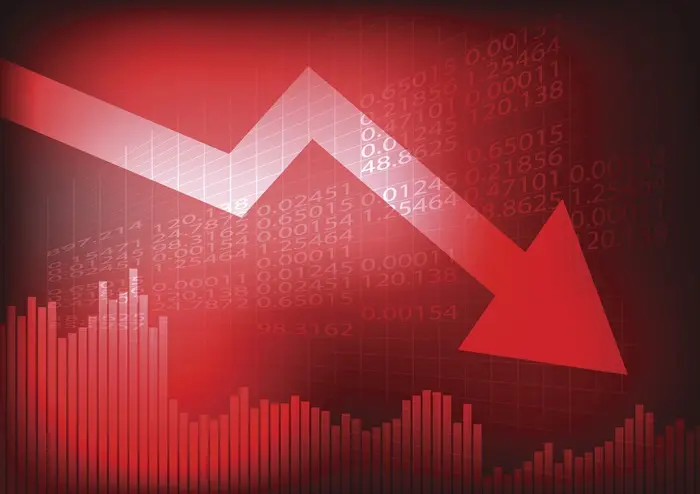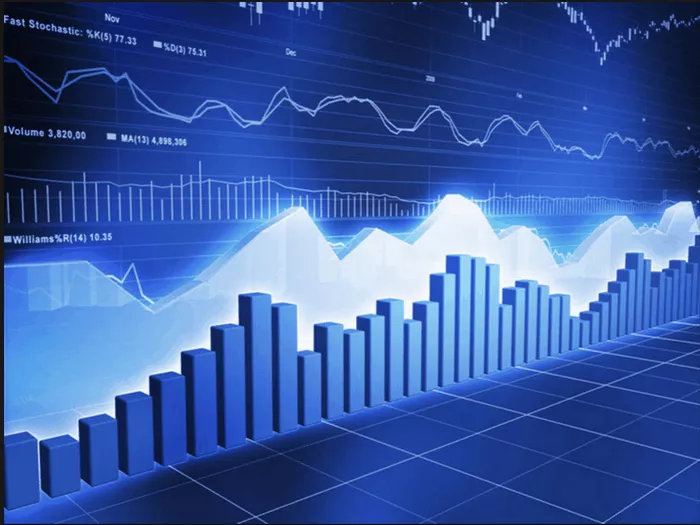This is one of the most chaotic periods in recent years for the US market. The sharp surge in long-term Treasury yields once again demonstrated the weirdness of market trading behavior after President Trump’s tariff-driven “Liberation Day” policy.
As of Wednesday’s close, the 10-year Treasury yield (^TNX) rose another 14 basis points to around 4.40%, even though Trump announced a 90-day suspension of reciprocal tariffs on some countries and increased tariffs on China. This means that the yield has fluctuated sharply by 53 basis points from Monday’s low of 3.87%, marking the largest three-day increase since December 2001.
The 30-year Treasury yield (^TYX) rose slightly on the latest tariff news, but still rose 8 basis points after the yield recorded its largest increase since March 2020 earlier this week. After the close, the 30-year Treasury yield was at 4.79%.
Mark Newton, managing director and head of technical strategy at Fundstrat Global Advisors, told Yahoo Finance on Tuesday that he thinks the surge in yields “will be short-lived.”
He added, “I don’t see any real catalyst that could cause yields to move much higher.”
Newton said that while there’s a chance that yields could move higher in the coming weeks, he expects the 10-year Treasury yield to steadily decline between now and the fall, eventually reaching 3.5%.
“It’s not necessarily because of slower economic growth,” he added. “It could be that inflation is indeed starting to fall, much faster than people expected.”
HSBC also maintained its 3.5% forecast for 10-year yields on Wednesday, writing in a research note that “our scenario analysis supports yields falling further by year-end, while concerns about the policy outlook are pulling valuations in conflicting directions.”
Market veteran Jim Bianco said that “the 10-year fell at least 12 basis points intraday and closed at least 12 basis points higher that day” only three times, including Monday, based on an intraday data set dating back to 1998.
“There are too few examples to tell where the market is headed. Instead, it tells us that the bond market considers today to be an extremely important day. Why? At this point, we can only speculate.”
Strategists have offered a variety of theories, including that investors are seeking more liquidity in volatile markets and that bond traders may be more confident that the U.S. economy can avoid a recession.
“The bond market has been telling us that it’s not panicking. It has been telling us that we may not be in a recession yet and may not be in one,” Nancy Tengler, chief investment officer at Laffer Tengler Investments, told Yahoo Finance on Tuesday. “Given that, I do think that this noise is going to persist.”
Stagflation ‘tug of war’
The bond market is often seen as a safe haven for investors in times of uncertainty, and now that political turmoil could upend the future of the global economy, it’s become a buzzword. While the U.S. labor market has remained largely stable, Wall Street remains concerned that a shifting trade situation could trigger a self-inflicted recession.
One of the biggest concerns is stagflation, where economic growth stagnates, inflation persists, and unemployment rises. The risks of this scenario are more pronounced in Wall Street’s forecasts after a series of disappointing data releases, the government’s recent trade shocks, and other policy unknowns, such as the recent move by Elon Musk’s Department of Government Efficiency (DOGE) to cut government jobs.
“While it’s too early to fully understand the economic impact of a potential trade war, the tug-of-war between slowing growth and rising inflation is likely to continue to fuel volatility,” LPL Financial said in a research note published Monday.
In other words, the bond market is in the middle of the “bucks” and “inflation.”
When inflation rises or is expected to rise, investors assume the Federal Reserve will tighten monetary policy to control price increases, leading to higher interest rates. Treasury yields typically fall in response as bond traders demand higher returns to offset the loss of purchasing power caused by inflation.
The opposite effect occurs during periods of slowing growth, as investors race to buy bonds to protect themselves from a worsening economy and subsequent rate cuts by the Federal Reserve.
That’s why the sharp rise in yields has puzzled Wall Street observers.
“Yesterday’s rate hike was interesting because there was no obvious reason,” Steve Sosnick, chief strategist at Interactive Brokers, told Yahoo Finance on Tuesday. “I’ve read countless different views on this, and there are two that I hold onto that are not very friendly: One, rates are going up because of higher inflation expectations (due to tariffs).”
“But there’s also a concern,” he added, “given these back-and-forths with China, there’s a chance they could stop buying and boycott our debt. Japan has the largest stockpile of U.S. Treasuries, but China has been a big buyer of them. What happens if that source of foreign demand shrinks or dries up completely?”
In that scenario, the U.S. Treasury would have to issue bonds at higher rates to make up for the losses, Sosnick said: “Supply isn’t going to go down anytime soon, right? But you have to do something about demand.”
If markets have trouble pricing low-risk assets like Treasuries, “then they certainly won’t have an easy time pricing high-risk assets like stocks or cryptocurrencies or anything of that nature,” Sosnick added.
Related topics:

































